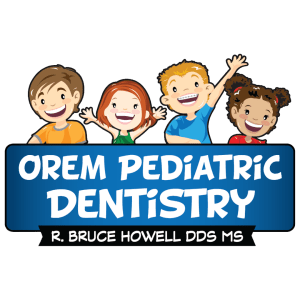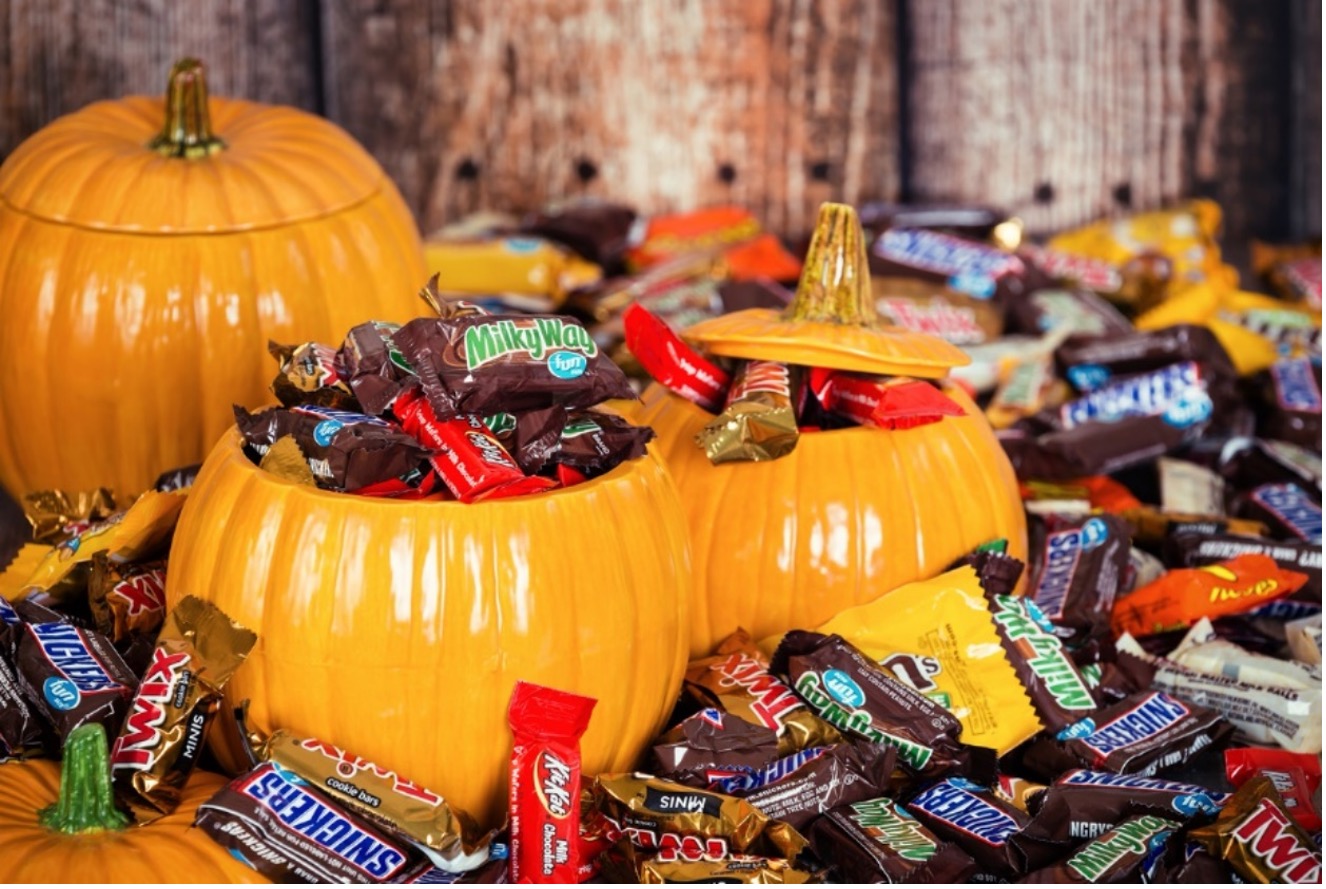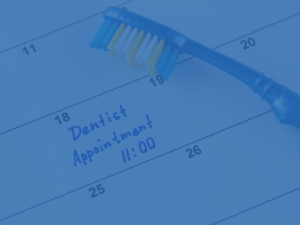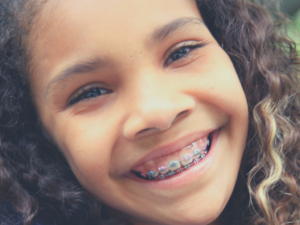Ghosts, goblins, and candy, oh my! Halloween time is such a fun and creative time of year. Kids and even grownups can dress up and run around in costumes, and you get to make up your house all spooky! So, while you are getting ready to carve your pumpkins, decorate your home, or make costumes for the kids, we would like to give you some dental tips for Halloween and keep all those precious teeth safe.
Does Candy Really Cause Cavities?
Candy gets a bad rap. We hear from the time we are young that candy causes cavities. While I am not in favor of kids eating an abundance of candy full of processed sugar, I wish to say that it is not sugar alone that causes cavities. The cause of cavities is the chain reaction in the mouth, which occurs when you eat candies or other foods.
How Does Sugar Promote Tooth Decay?
No matter what we do, we all carry some bacteria in our mouths. These bacteria are living, growing, eating, and reproducing. Most of these tiny oral bacteria are harmless—and even helpful. But some bacteria feed on the sugars from our food and drinks. As they feed, they produce acid in your mouth, which can lead to decay on the surface of your teeth.
Something like this cartoon:
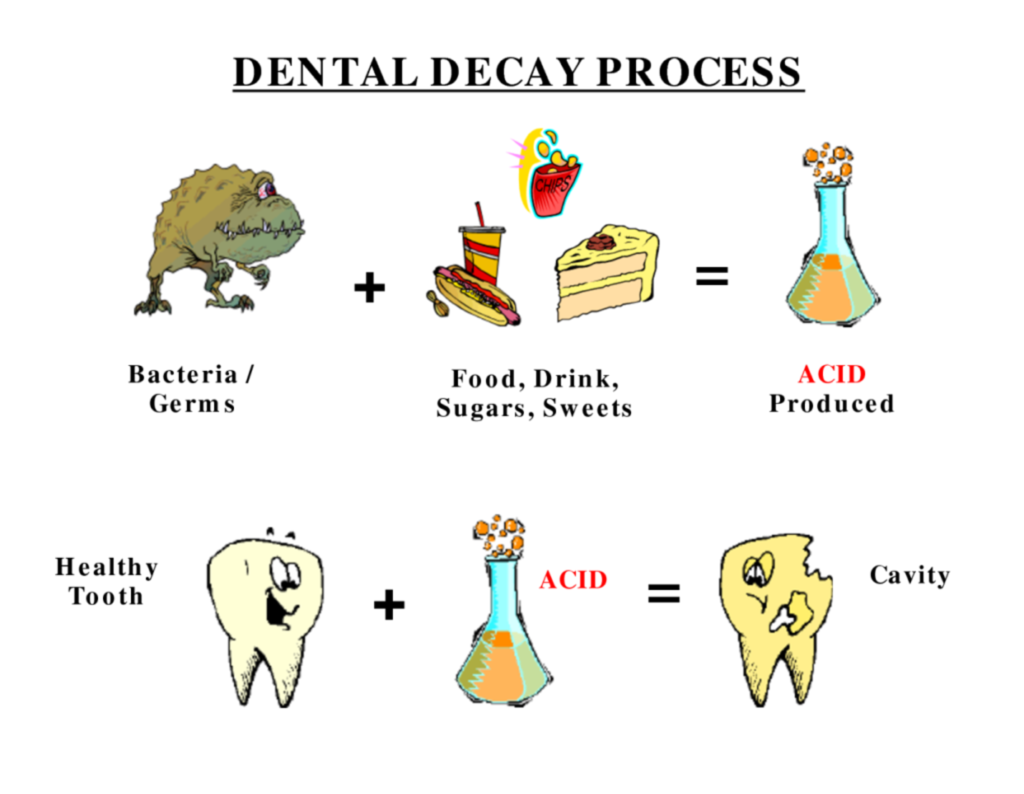
And Then There is Plaque
The acid produced by the bacteria alone can cause cavities, but the acid also combines with left-behind food particles and saliva in your mouth and forms the sticky substance known as plaque. When plaque builds up on your teeth, it eats away the enamel, causing cavities and decay.
Plaque carries bacteria that can damage tooth enamel and lead to cavities. But if you remove plaque regularly, you can prevent permanent tooth decay and gum disease. However, a bigger problem is created if plaque stays on your teeth and hardens into tartar. Tartar can form at and underneath the gum line and causes inflammation, bleeding of the gums, and eventually gum disease. Many people don’t realize that most plaque hardens within 48 hours of forming on the teeth. Within several days it will become so hard that it is difficult to remove without professional cleaning from a dental hygienist.
Dental Tips for Halloween Trick-or-Treaters
With that said, you may think you shouldn’t let your kids eat sugar at all! But no one wants to spoil Halloween, especially parents. So here are tips from us so your kids can have their candy and eat it too:
- Have them floss and brush their teeth after enjoying some Halloween treats.
- Supervise younger children to ensure they are brushing and flossing correctly.
- Make sure they brush in the morning as well because, at night, the mouth becomes an incubator for bacterial growth
- Save leftover candy from their trick-or-treating for them to eat at home, where you can supervise their flossing and brushing.
- If possible, avoid having them eat candies that are sticky or chewy.
Some Suggestions for Halloween Candy
Hard, sticky, and chewy candies have a higher chance of leaving candy particles on and between the teeth that can be missed when children are flossing or brushing. Some parents let their kids sell their treats to them, so the kids aren’t upset about giving up some of their candies.
Candies to Avoid
- Caramels
- Taffy
- Hard candy
- Chewy candy
- Jellybeans
- Licorice
- Bubble gum
- Suckers
- Sour candy
Better Choice Candies
- Chocolate (without caramel or nuts)
- Peanut butter cups
- KitKats
- 3 Musketeers
- Marshmallows
Final Words
There is no need to keep the candy away from your kids at Halloween if you practice and teach them good at-home dental care. And make sure to keep their regular dental checkups so we can do our part to keep their teeth healthy. Have your parties and trick-or-treating, but don’t forget to have the kids brush and floss at night and in the morning!
Finally, if your child is due for a checkup, please contact us so we can schedule them in as soon as possible.
Dr. Bruce Howell
Orem Pediatric
